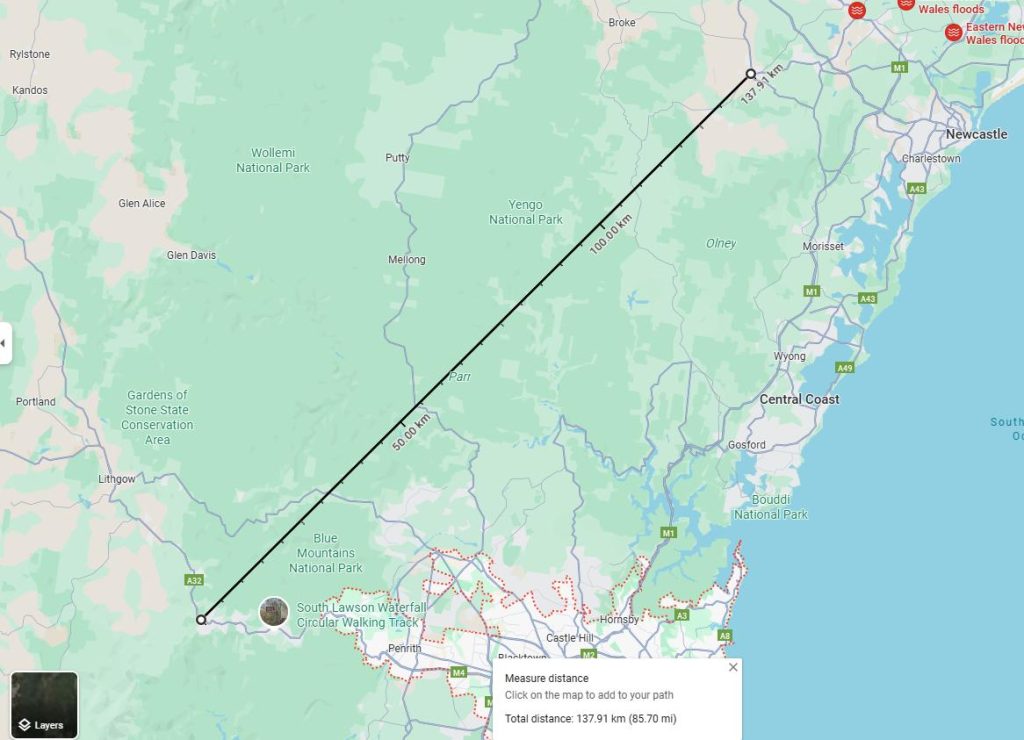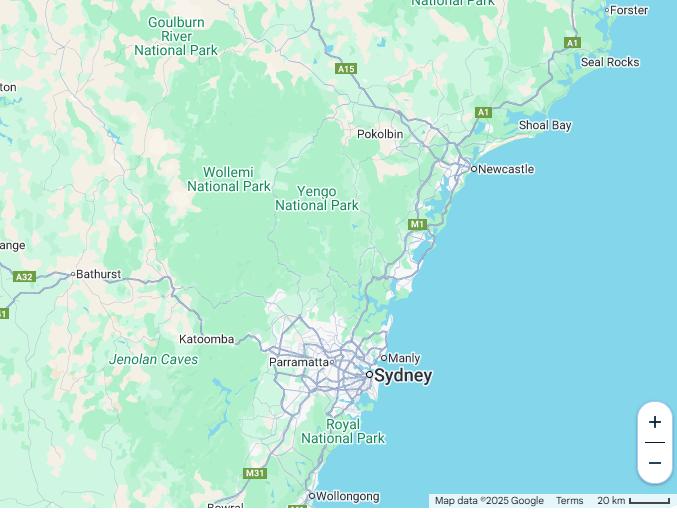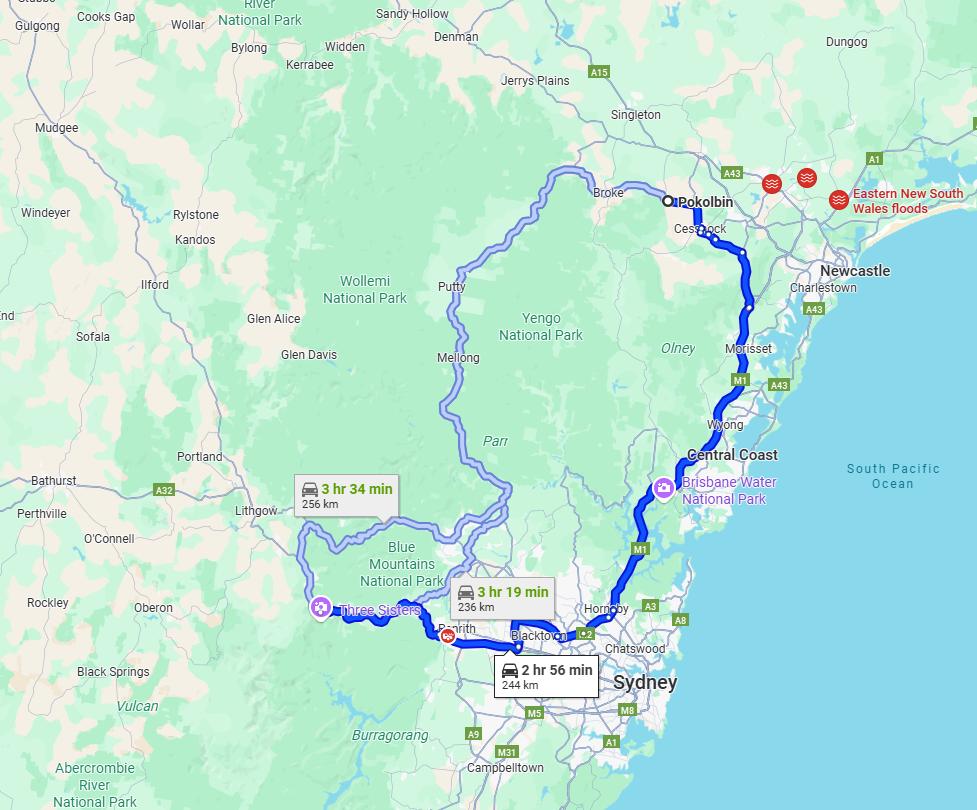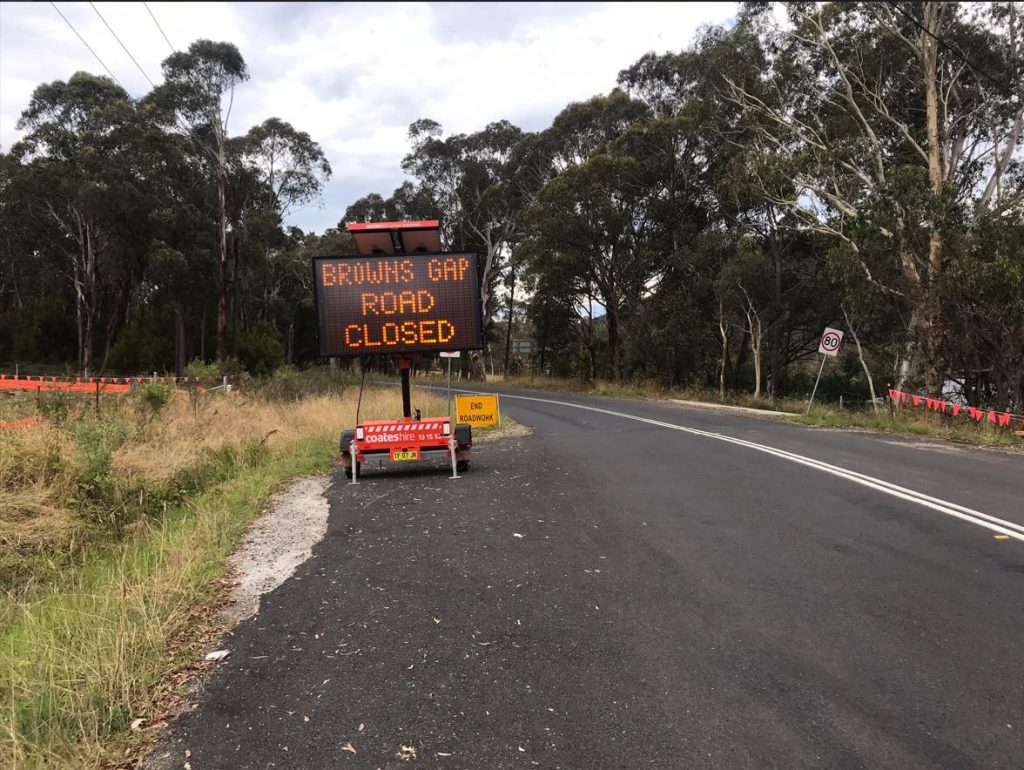Decision Making During a Trip
We have just recently added this webpage, having just returned from a private family countryside car-drive 3-day indulgent getaway (Tuesday 5th to Thursday 7th August 2025).
One has returned however with salient lessons concerning issues about both our own mid-trip decision making and pre-trip decision making processes.
“A ‘salient lesson‘ is a phrase emphasising the most important or prominent lesson learned from a given situation. It highlights the key takeaway that stands out and is crucial for understanding or future application. In essence, it’s the essential point that remains with you after reflecting on an experience or event.”
[SOURCE: GOOGLE AI]
This article presents an analysis of for the benefit of anyone responsible for planning a trip (Trip Leader) and then whilst mid-trip, sound decision making process considerations for a Trip Leader to undertake on behalf of the trip group. Any leadership role inherently requires the managerial skill set of Decision Making, applicable to trip leading most definitely.
This article is a real life trip example scenario in which such decision making was importantly required and made. Of course other scenarios will require different approaches, and there is no ‘one-size-fits-all’ approach. Yet there are principles and policies of Business Management that overlap with such leadership disciplines as Risk Management, People Management, Group Field Leadership, Trip Planning, Trip Scope, Trip Budget Adherence, Ethics, Project Management.
Every trip iteration of tour is a distinct project.
Nature Trail recommends that any trip leader, commercial or otherwise, undertakes self-education of these disciplines, then professional training and in-field application so as to acquire the skills sets and experience needed to be a quality trip leader, and particularly in the managerial/leadership discipline of Decision Making.
PRE-TRIP PLANNING DECISION BACKGROUND
Trip Destination:
The particular trip scenario was from Nature Trail’s home base in Katoomba situated in the Australian Blue Mountains region to Pokolbin situated in the Australian Hunter Valley region and returning back home. We prefix ‘Australian’ to be clear because globally there are such same names in different countries.
The travel is all within the hinterland countryside outside Greater Sydney. For reference, we provide a small scale regional political map below. The distance as the crow flies is 140km, however there is no direct road between Katoomba and Pokolbin. The road-free wilderness of multiple national parks that comprise the Great Blue Mountains area present a considerable (though welcomed) barrier between these two separate regions.
Trip Route:
Transport route options outside the state motorway network (see ‘M1‘ on map below) present remote backroads that pose inherent hazards – poor road conditions, poor directional signage, poor or no mobile network coverage, unpopulated in case of an emergency, slower travel speeds, longer road distances, unfamiliar roads with heightened chance of being delayed into the night and becoming lost en route.
So outbound, our trip transport route decision was to take the quickest most reliable road route via the motorway network: from Katoomba (home base) > Great Western Highway > M4 >M7 > M2 > M11 (tunnel) > M1 > B82 (Freemans Drive) > Cessnock > B82 (Wine Country Drive) > Broke Road > Pokolbin (destination).
It took us 4 hours driving from home base to destination.
Importantly, I point out to readers that this article is in no way about the destination of the Hunter Valley nor of our chosen accommodation. Rather, this article is purely about the return transport road route selection Decision Making Process made during the progress this trip (‘mid-trip‘) and an analysis of the alternatives, the problem solving process, the decision making process (during and prior) and of lessons learned as a trip leader for future risk management benefits.
MID-TRIP DECISION FRAMEWORK
(1) Clarify the Decision Question, which is:
What is our preferred transport route from our destination at Pokolbin to return home to Katoomba?
Particularly, our optional return trip driving route home (back to Nature Trail Base, Katoomba) presented theoretically 7 options, of which 4 (‘C’,’D’,’E’,’F’ below) were practical. Yet each of which had a route distinctively/disparate and remotely apart and unconnected, so no (or very little) compromise/combination prospects:
OPTION ‘A’: Abandon the Return Trip;
OPTION ‘B’: Select an alternative transport means to driving;
OPTION ‘C’: Backtrack south via the M1 Pacific Motorway (M1>M11>M2 >M7>M4> Great Western Highway – being the same way we arrived;
OPTION ‘D’: Take a previously driven westerly backroad network route (multiple interconnecting roads including the Bylong Valley Way to Mudgee);
OPTION ‘E’: Take an Unknown Backroad More Direct Route – (Putty Road)
OPTION ‘F’: Take a Slower Safer Backroad Route – (Old Pacific Highway B83)
OPTION ‘G’: Other options not considered
CRITIQUE OF EACH OPTION IN TURN
OPTION ‘A’: Abandon the Return Trip
- Theoretically, this ‘do nothing’ option should always be considered in a decision making process
- However, in this scenario we are already at our destination, so that is a past decision that is irreversible
- This decision making process concerns not the outbound component of the trip, but rather the returning home component of this trip. At some time we must return home. The decision making question is which route to select, not if or when
- We have our tour vehicle and family group with us, with accommodation for two nights pre-booked and prepaid, and we need to return home using our vehicle, which is in excellent condition, not damaged. So any decision making about car choice is irrelevant in this case.
- The timing of the decision needs to be made before we check out of our accommodation. It would be beyond this trip cost budget and trip scope (change the trip plan mid-trip – which is poor practise) to extend the stay (either at the same accommodation else elsewhere), yet in either case, delaying our return home only delays and avoids making the decision about return route choice.
- So Option A is not practical in this case.
- Had the decision been timed before we departed home, we could have cancelled the accommodation and abandoned the trip then. We would have saved money in fuel, and (However, we would have wasted our pre-paid accommodation fee for the two nights being $500.
OPTION ‘B’: Select an alternative transport means to driving
OPTION ‘C’: Backtrack south on the M1 Pacific Motorway (M1 > M11 > M2, M7, M4 > Great Western Highway – being the Same Way We Arrived. This was despite our experienced problematic risk of dangerous and speeding, arrogant and tailgating drivers (including many B-double trucks) along the M1.
OPTION ‘D’: Take a Previously Driven westerly Backroad Network Route (multiple interconnecting roads including the Bylong Valley Way) – offering and tempting a more adventurous exploratory remote backroad network of suggested ‘added value’ so adding variety to the trip. But although this alternative backroad option was likely ‘do-able’, it was unplanned and so presented unknown risks – road conditions, delays, poor signage directions, so chance of getting lost on a wrong route.
OPTION ‘E’: Take an Unknown Backroad More Direct Route – (Putty Road) offering and tempting a more adventurous exploratory remote backroad network of suggested ‘added value’ so adding variety to the trip. But although this alternative backroad option was likely ‘do-able’, it was unplanned and so presented unknown risks.
OPTION ‘F’: Take a Slower Safer Backroad Route – (Old Pacific Highway) offering and tempting a more adventurous exploratory remote backroad network of suggested ‘added value’ so adding variety to the trip. But although this alternative backroad option was likely ‘do-able’, it was unplanned and so presented unknown risks.
OPTION ‘G’: Other options not considered
- Theoretically, there will be always other options not considered.
OPTION D: Take a Slower Safer Backroad Route – (Old Pacific Highway)
Actually in hindsight, the outbound alternative driving route options were the same. One chose route Option A on this occasion. Yet, the mental strain was considerable the night before of one dealing with making a ‘captain’s call’ (value judgment choice) to either further please (yet take a potential catastrophic risk) versus just getting home by boring backtracking, so so ‘in my head’ dulling the trip ‘experience’.
In both the design phase of a tour, and then again the planning stage of each trip iteration of that tour, sound/ethical decision making is important and can be critical in consequences.
It is a key principle in the discipline of Risk Mitigation. It is also an philosophical attitude of safety over fun/chance. A tour trip must prioritise safe return always. What is the point of fun but returning dead?
May be this author at now aged 61 has wisened beyond one’s previous bullet-proof 20’s when the having flown at 100 knots full speed just 5 metres above ground and also executed ‘pivot turns’ vertically into the sun. Long since those high risk days one cruises a 2 tonne Range Rover at 90 kph in the left lane on 110 kph motorways when its raining.
Yet this trip’s outbound driving experience along the M1 Pacific Motorway from outer northern Sydney towards Newcastle was scary even for this low-level mustering helicopter pilot. Car and truck drivers were speeding well over the 110kph speed limit (like try 140kph) on just 2-lane sections and in rain conditions! The M1 is crowded also by speeding 26 metre long B-double lorries. Each fully loaded weighs the same as M1 Abrams tank – 60 tonnes! It is likely one of the most dangerous roads in Australia, so to be seriously avoided using.
As an aside:
In our experience, THE currently most dangerous road in Australia is Browns Gap Road in the Lithgow region. It was closed for a few years due to rock and debris landslips over a number of sections of this curving hairpin bend backroad through Browns Gap over the Hassans Walls ridge.
Then Lithgow Council partly re-opened it using an unmanned electronic automatic ‘stop and go’ traffic light system. But that system failed and Lithgow Council removed the system, yet left the northerly direction closed by retaining multiple (dozens) orange-coloured water-filled crash barriers in place. Yet Lithgow Council has left the road open in both directions despite one half the road being impassable due to the crash barriers across the entire inbound lane every 20 meters or so. It means that opposing traffic faces head-on collision risk at every blind hairpin bend. Culpable negligence by Lithgow Council or what?
This then is a webpage dedicated to links to actual tour trip experiences (whilst ‘mid-trip’) or ‘in the field’ or ‘on the fly’ as it were. It’s typically when the ‘vibe’ of alternate route options present enticing, fun, to so consider extending tour guests additional benefits, else otherwise just return home the way we came as planned.
So the planned safe and known route interconnecting motorways option, yet ‘perhaps’ perceived boring as blue sky conditions and group sentiments were encouraging for ‘more fun’ toward the end of the previous day – having blue skies and good times and all.
But risky unplanned fun can be a regrettable disaster – closed roads, impregnable weather situation, getting lost, breakdown, etc. – thus in the end no benefit and actually worsening the outcome and so regretting the ‘extra fun factor for all getting home safely, on-time and having do what was originally pre-planned by all tour guests.
As a qualified commercial pilot, I reflect on Sydney’s Seaplane’s fun scenic flight into dead end Jerusalem Bay off the Hawkesbury River in 2017. All six P.O.B. sadly died – a catastrophic decision misguidedly motivated by the pilot in command to deliver additional ‘fun’ to the passengers.
I shall start by explaining my short 4 hour nightmare last night awakening this morning shuddering to the Plan ‘B’ adventurous alternative extension route for the return home in the following morning. I share this to provide helpful wisdom to other trip leaders, from me being now an older tour operator at aged 61, to more risk adverse to 20 year old males thinking their bullet proof, from my touring and travel experiences, and my education in a Bachelor of Business Degree majoring in Strategic Management at Monash University (Melbourne) 1993-2003. The study lessons gained have proven invaluable. Below are one’s study texts assigned in that course of study. They comprise an academic mix in the disciplines of:
- Managerial Decision Making
- Strategic Management
- Ethical Decision Making
Out of the entire 24 units of one’s business degree undertaken, in this author’s view, these three disciplines have proven to be the most important and most fascinating of that entire tertiary course. One presumes they be mandatorily included in an MBA or a Masters Degree in Business Management; if not, best choose another institution that does so.
Bizarrely, through one’s corporate career life, no manager whom one reported to had ever had a tertiary qualification in Management, nor seemed committed to any of the above three disciplines. It is no wonder that one’s corporate career was disappointing.
The importance of the process of Decision Making cannot be understated, particularly when the decision poses serious/long-term/broad consequences to others. This can be on a tour with individuals, work based, or private, or family based, or randomly ‘on the fly’ and unexpected. Yet few are prepared for such nor trained when the right decision is needed, critical and poses serious or catastrophic consequences if made wrongly (in hindsight).
Philosophically, pragmatically, and consequentially wisely applying the learned discipline of sound decision making (aka ‘foresight’) to a given scenario can be life changing to many under one’s responsibility, care and trust.
Reference is made below to the bibliography of the texts one used in that Strategic Management degree. A few pertinent philosophical quoted extracts are as follows:
“a (good) decision..is reached only after a careful search for alternatives within clear boundaries and that is implemented smoothly with obvious benefits for those it affects.” [Source: [1] below,at page 3]
Readers might guess that on this particular trip route decision, one chose the safer known backtrack option and we all got home just fine, on-time and pleased.
The unknown unknowns we’ll never know, but glad so. The driving on the M1 speedway was so stressful such that the ‘holiday’ to the Hunter Valley was not worth it. I would have preferred to have stayed home. I will never go back.
References:
[1] ‘The Managerial Decision Making Process‘, book by E. Frank Harrison, Ph.D., 4th Ed., San Francisco State University, 1995, published by Houghton Mifflin Company, USA. ISBN: 0-395-70837-0.
[2] ‘Managerial Decision Making‘, book by Alan J. Rowe, James D. Boulgarides, 1992, published by the Macmillan Publishing Company, New York, USA, ISBN 0-02-946441-2.
[3] ‘Management Accounting for Decision Making‘, book 5th Ed, by V.A. Fatseas, School of Accounting, Charles Sturt University, 1998, ISBN: 0-947-156-73-9.
[4] ‘Strategic Management – Planning and implementing Successful Corporate Strategies‘, 1994, 2nd Ed, book by John Viljoen, published by Longman Business and Professional, Melbourne, Australia, ISBN: 0-582-80632-1.
[5] ‘Business Ethics – Ethical Decision Making and Cases‘, 1997, 3rd Ed, book by O.C. Farrell and John Fraedrich, published by Houghton Mifflin Company, New York, USA, ISBN: 0-395-79084-0.
[6] ‘Business Ethics – Australia Problems and Cases‘, 1995, book by Damian Grace and Stephen Cohen, published by Oxford University Press, ISBN: 0-19-553738-6.




